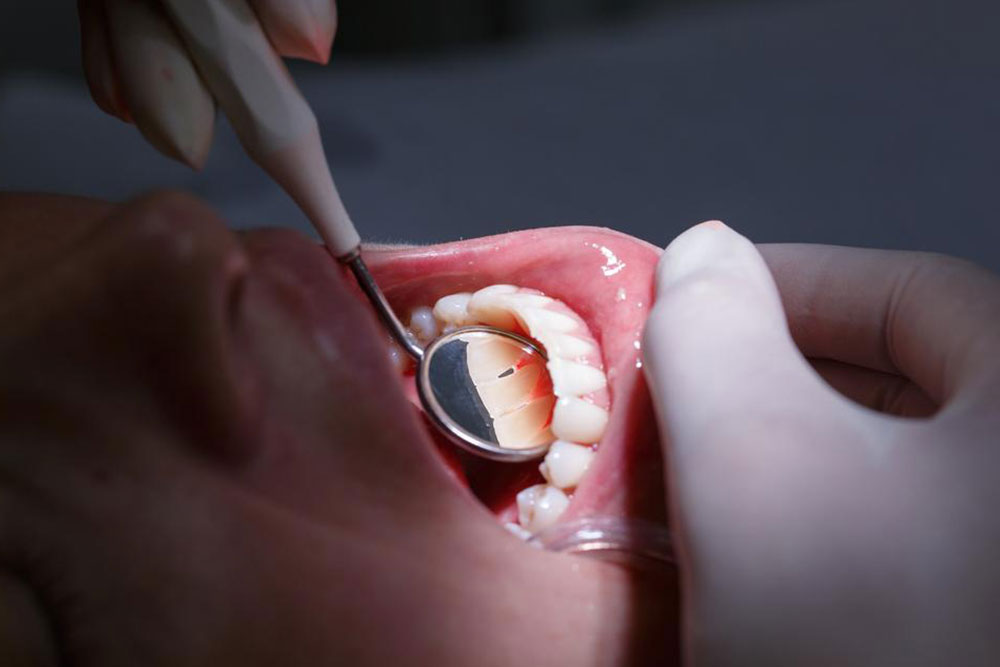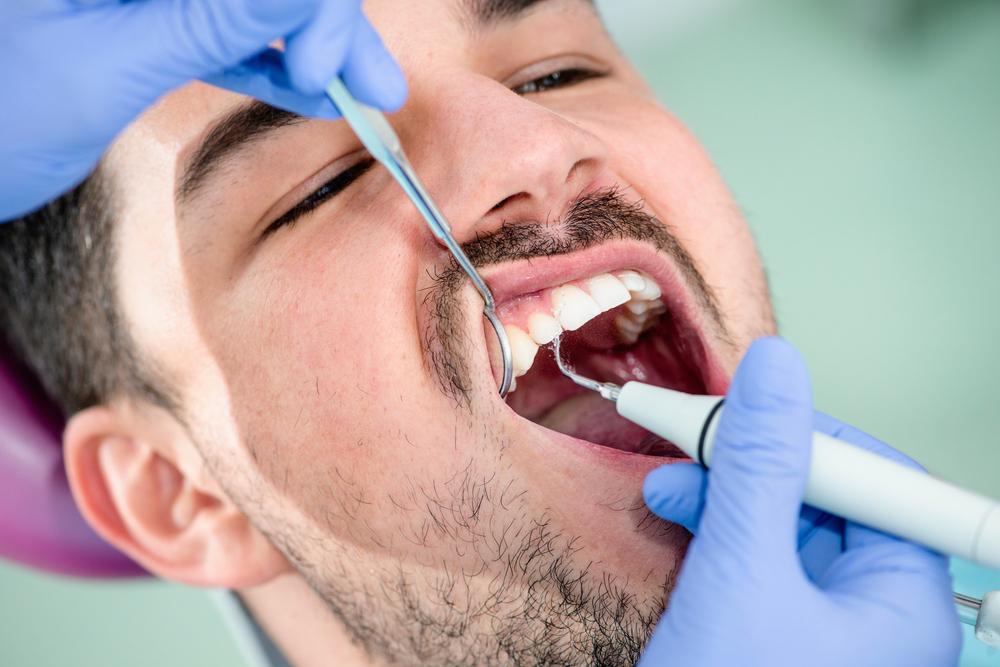Effective Strategies to Restore Receding Gums
Discover effective methods to reverse receding gums, including lifestyle changes, natural remedies, and surgical options. Early intervention is key to restoring gum health and preventing tooth loss. This guide covers practical tips and treatments to help you maintain a healthy, beautiful smile.

Effective Strategies to Restore Receding Gums
Gum recession, also known as gingival recession, occurs when the tissues surrounding or supporting the teeth shrink back or wear away. This exposes more of the tooth, making it appear longer and risking further oral health issues. If untreated, it can damage the supporting structures and lead to tooth loss. Fortunately, early intervention can help reverse gum recession. Maintaining proper oral hygiene and seeking timely treatment are crucial steps to prevent further damage and restore gum health.
Stop Smoking
Quitting smoking is one of the most effective ways to combat gum recession. Smoking accelerates oral tissue damage and hampers healing processes, worsening gum problems. Giving up cigarettes can significantly improve gum health and slow recession progression.
You may already know that smoking adversely affects oral health, increasing the risk of gum disease and recession.
Green Tea
Incorporating green tea into your daily routine offers benefits for oral health, including potential reversal of early gum recession. Green tea possesses anti-inflammatory and antioxidant properties that can promote gum tissue regeneration and reduce oral cancer risk. Starting green tea intake in initial stages of recession yields the best results.
Dental Surgery Options
Various surgical procedures can help restore gums. One common method is gum tissue grafting, which involves three main types:
connective-tissue grafts, free gingival grafts, and pedicle grafts.
In connective-tissue grafts, a thin flap from the palate is removed and stitched to cover the exposed root, then the palate tissue is sutured back. In free gingival grafts, tissue is directly taken from the palate without creating a flap, used to replace lost gum tissue. Pedicle grafts involve repositioning nearby gum tissue when sufficient tissue remains around the tooth.
Reconstructive Regeneration Therapy
When recession is advanced and affects underlying bone, regenerative procedures can help restore lost bone and tissue. Though effective, these surgeries may cause discomfort post-procedure. They are typically performed when earlier treatments are insufficient to halt recession.










